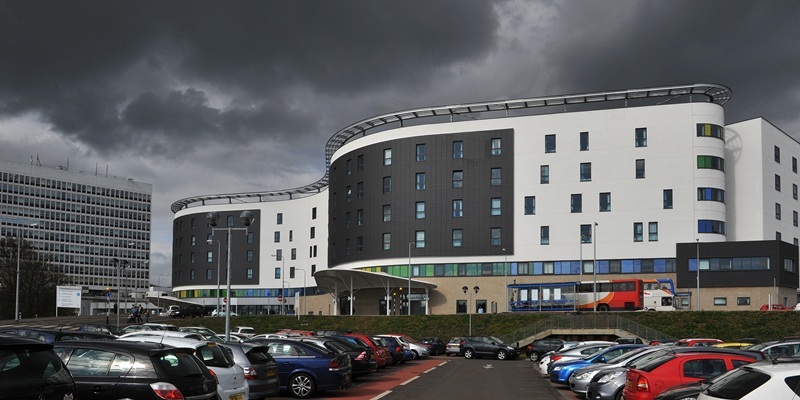Health services in Fife could cut back on certain medical procedures to save cash, it has emerged.
NHS Fife has insisted “necessary” operations will still be performed in the region’s hospitals, although new figures have suggested that reducing the number featured on the so-called ‘Croydon list’ back to the Scottish average each year could save the health board £750,000.
Hip replacements, carpal tunnel surgery and minor skin procedures are among the identified areas where savings could be made, but the health board has insisted no-one who requires treatment will be denied it on a cost-cutting basis.
Nevertheless, clinicians are understood to be reviewing the criteria used for offering certain treatments against the current financial backdrop.
Asked by The Courier if that meant certain operations could be scrapped, Dr Gordon Birnie, medical director of NHS Fife’s operational division, maintained that the procedures on the list will still be carried out but perhaps not at the same level.
“The Croydon list is a list of procedures where, for patients with mild disease, the benefit-to-risk ratio is finely balanced,” he said. “We compare our performance per 1,000 of the population to the other Scottish health boards and where the activity is above the Scottish average we ask clinicians why this should be the case.
“For some procedures we have found differences in the way procedures have been coded in Fife and we have taken steps to correct this, in others clinicians have been asked to consider their criteria for offering the procedure, however all necessary procedures are delivered.
“All procedures identified on the Croydon list will continue to be available.”Increase in hernia repairThe Croydon list, collated by Croydon Primary Care Trust in London almost seven years ago, contained a list of 34 procedures which officials there believed could be restricted in cases where they were deemed to be ineffective or cosmetic.
They ranged from the less contentious, such as removal of tattoos, skin tags or benign moles, to more controversial ones such as surgery for cataracts, hips and knees, where the benefits were considered minimal in ‘mild’ cases.
Since then health boards across the UK have used the list to determine the care they will fund, with Fife also using a version of the list to see where money could potentially be saved.
Figures presented to NHS Fife’s operational division committee showed that of 29 of the procedures looked at NHS Fife was below the mean spend for 12 in 2010 and for 17 in 2011.
For the top five Croydon list procedures carried out, however, NHS Fife has managed to reduce its spend in the last year with spending on primary hip arthoplasty (hip replacements) alone falling from just under £450,000 in 2010 to around £150,000.
Minor skin surgery, carpal tunnel surgery, surgical treatment of female genital prolapse and what is known as D&C (dilatation and curettage, or uterine scraping) filled the remaining four spots on Fife’s top five.
The figures also revealed there has been an increase in spending since 2010 in two areas in relation to grommets, used to treat glue ear, and inguinal, femoral or umbilical hernia repair.
Health campaigner and Independent Fife councillor Andrew Rodger said he would need to look into the issue in more detail before being able to comment further, but did say: “Anything that compromises people getting the proper health care is something I would be against.”
Last year the Federation of Surgical Speciality Associations, an organisation which represents the nine major surgical specialities in the UK, published an open letter expressing concerns that lists of surgical procedures and interventions deemed of low clinical effectiveness or of “lower value” are being used by health boards to limit access to certain procedures.
Highlighting its fears about this rationing of care, the group pointed out that there is “little or no evidence to support the view that many of the procedures are of limited value to individual patients”.
